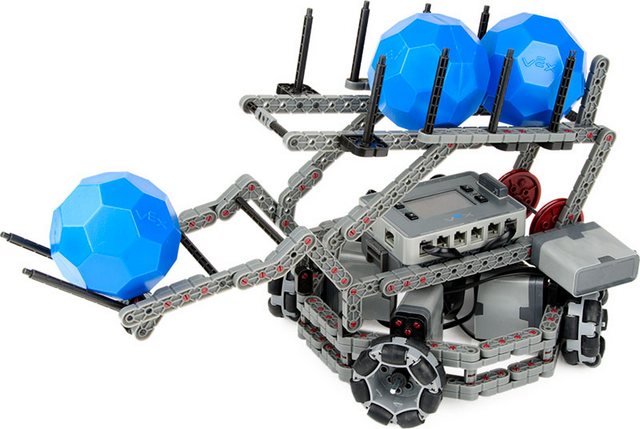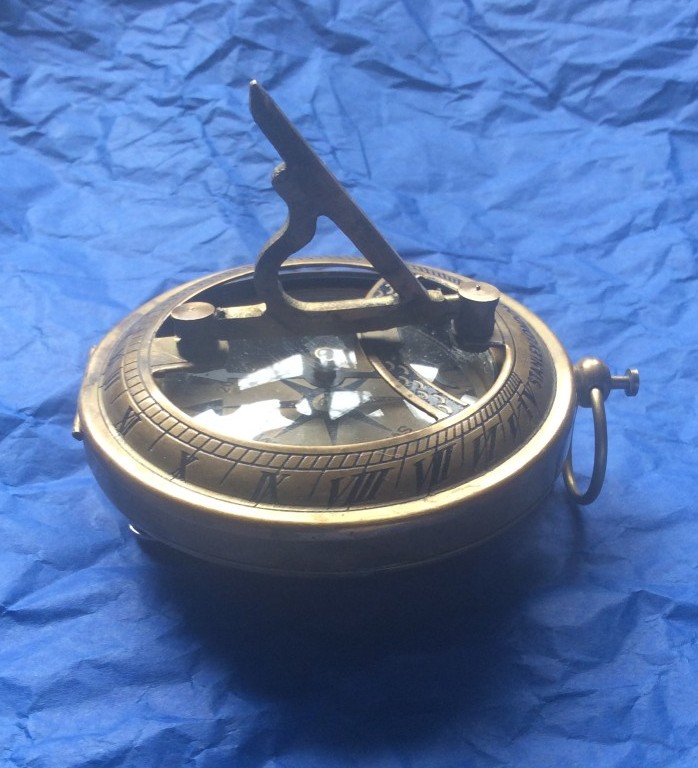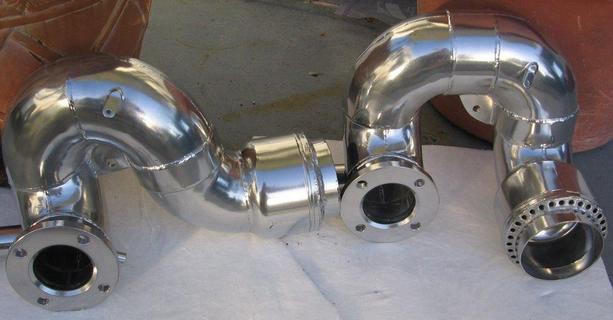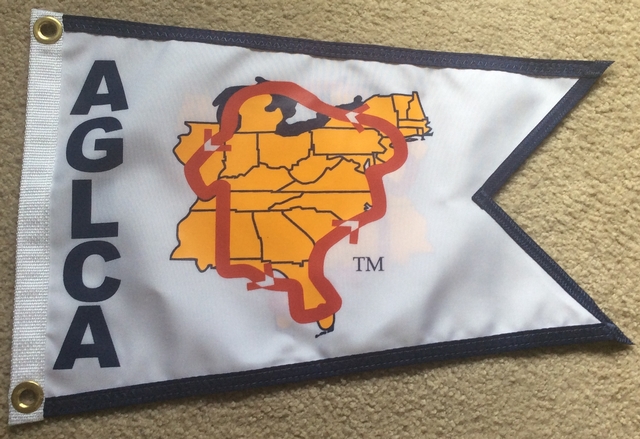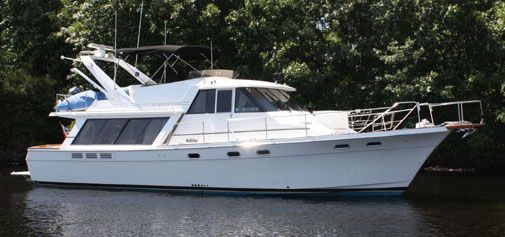As part of the preparation work is things under the water. The staff at Bohemia Bay Yacht Harbor used the lift to pull the boat up then put it on blocks and stands so they could work on it.
The bottom paint was in pretty good shape, only one section had a major growth of barnacles on it. They spent some time scraping the area to clean it to be painted. The previous owner had put a great epoxy barrier coat down so the work went about as well as can be expected.
While the boat was out of the water we also did a propeller swap. I had the spare propellers reconditioned at MR Props in North East MD. They take the propeller and put it on a device that looks like a lathe. They spin the propeller to make sure that it “tracks”, that all the blades have the same movement through the water. They also check that the propeller is balanced, so that it does not vibrate the shaft and the boat. Lastly they check the “cup” or internal curvature of the blade. The cup is what scoops additional water up and pushes it off the blade adding some efficiency to the propeller.
Last thing to check is the zincs. If you look at the picture, there are two rectangles at the bottom, these are the trim tabs. Looking closer you can see round circles on them. These are the zincs. They are mounted on the boat to prevent corrosion of the shafts, trim tabs, motor components, etc. You can see that the two on the tabs are pitted and chewed. They have been dissolved by the corrosive underwater activity. Above the tabs is a much bigger zinc, it’s in pretty good shape, so it will last another year.

